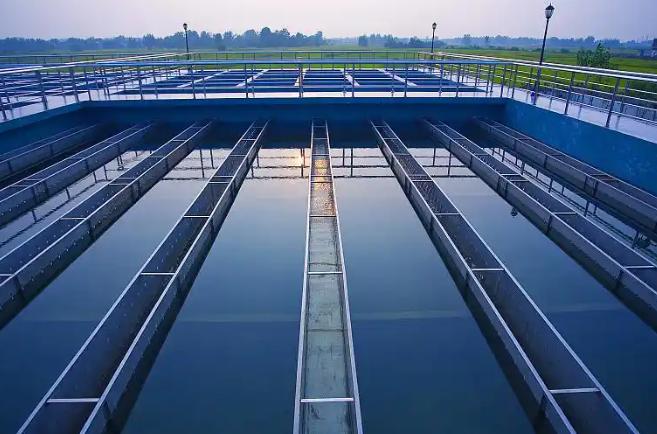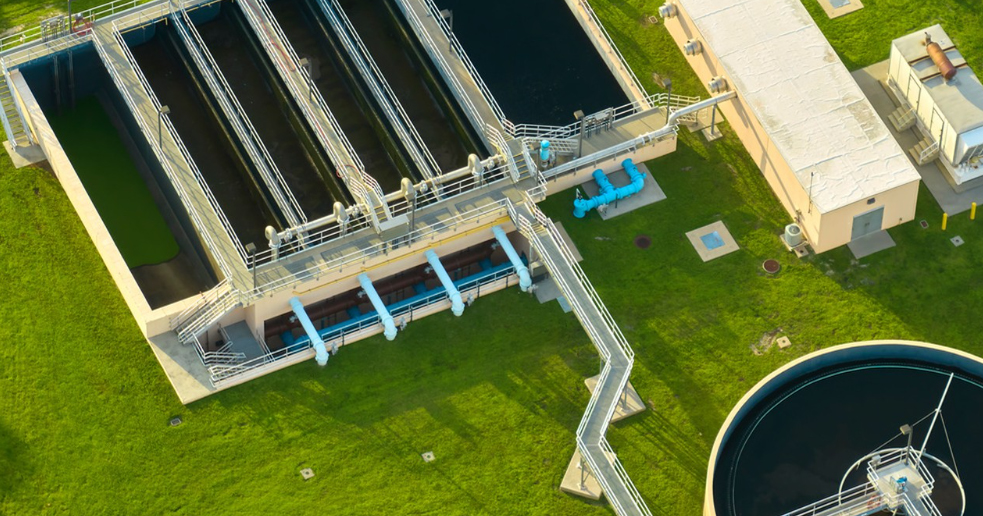Water Treatment Methods of Decoloring Agent of Electroplating Wastewater
Electroplating wastewater treatment is an important part of industrial wastewater treatment. Electroplating process will produce a large number of wastewater, these wastewater from the electroplating rinsing, operation and other processes, containing a variety of heavy metal ions, such as Copper, Nickel, Chromium, etc., may also contain acid, alkali, cyanide and other harmful substances. If discharged directly without treatment, it will have a serious impact on the environment and human health. There are many treatment methods for electroplating wastewater.
According to the principle of decolorization, the decoloring agent of electroplating wastewater can be divided into three categories, flocculation decolorization agent, oxidation prototype decoloring agent and adsorption decolorization agent.
Flocculation decolorization agent: the use of some polymers, through electrostatic adsorption, the pigment and polymer interact to form precipitation and remove the color. This type of decolorization agent is suitable for wastewater treatment with high suspension content and unstable pigment.

Adsorption decolorization: the use of adsorbent (such as activated carbon, diatomite or adsorption resin, etc.) adsorption performance set of impurity, flavor, decolorization, separation in one, so that colored substances or impurities adsorption on its surface, so as to achieve the purpose of decolorization.
Oxidation prototype decoloring agent: converting colored substances into colorless or hypochromatic substances through oxidation or reduction reaction. Common oxidation decolorism has hydrogen peroxide, potassium permanganate, and also prototype decolorization such as sulfur dioxide, sodium thiosulfate, etc.
Treatment method of electroplating wastewater
1. Preliminary treatment of electroplating wastewater, such as adjusting the pH value, removing large particle impurities, etc.
2. According to the composition and nature of the wastewater, choose the appropriate treatment methods, such as physical, chemical, or biological methods.
3. Deeply treat the wastewater after the main treatment, such as secondary precipitation and re-adsorption, to ensure the effluent quality.
4. The treated waste water can be discharged after reaching the discharge standards.
More details contact with Vivian Sun 86 13790671695 viviansun@san-mei.com











